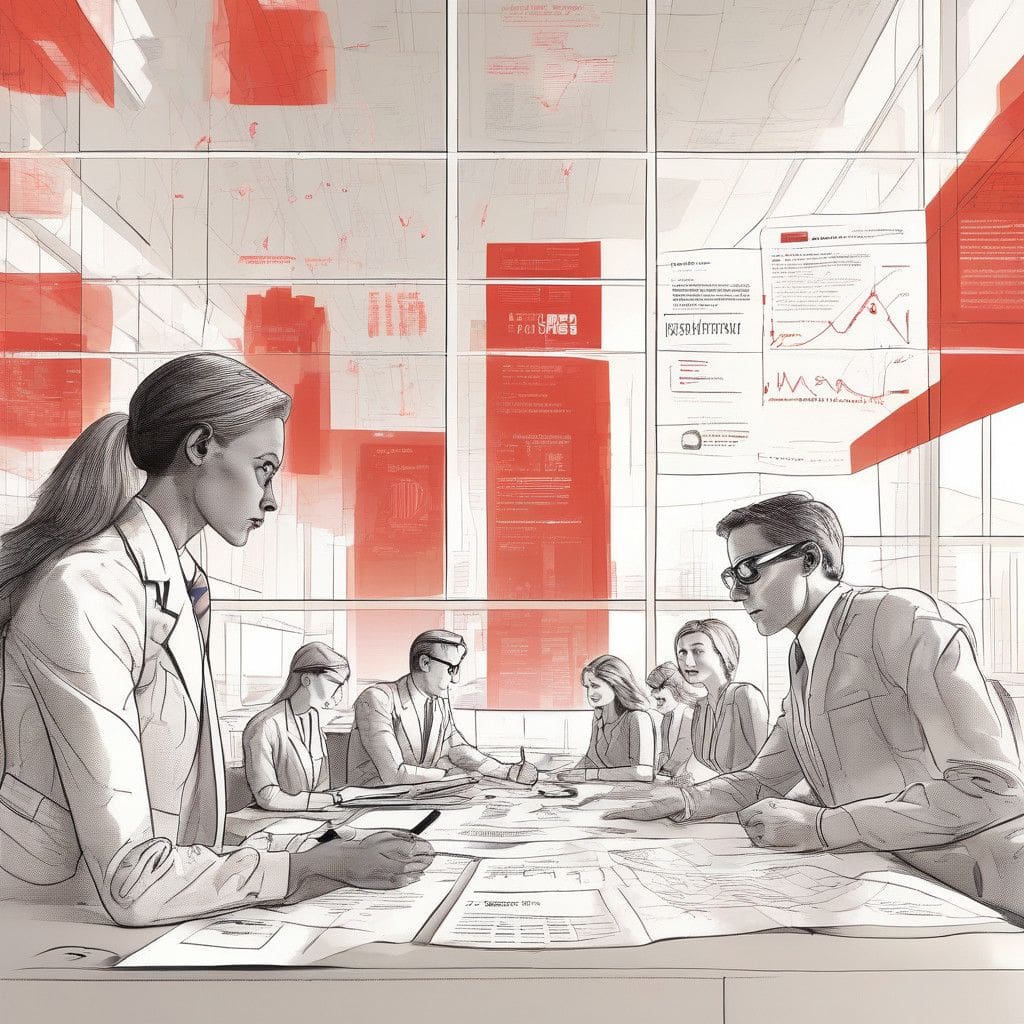In a significant development within the technology sector, Arm Holdings has announced the termination of its architectural license agreement with Qualcomm, intensifying an ongoing legal battle between the two firms. This move has the potential to reshape future prospects for Qualcomm, especially as it gears up for a trial scheduled to commence in December 2024.
The agreement in question allowed Qualcomm to utilize Arm’s intellectual property to design its chips, a crucial component of its technological framework. The tearing of this contract came as Arm issued Qualcomm a 60-day notice, signaling a clear escalation of tensions since the two companies began their legal disagreements back in 2022. The root of the conflict traces back to Arm’s lawsuit against Qualcomm, which alleged that Qualcomm failed to renegotiate the license agreement following its acquisition of the chip startup Nuvia, a transaction that was closely watched by industry analysts.
Qualcomm has publicly criticized Arm’s decision, labeling it a “desperate ploy” aimed at disrupting the upcoming trial. This statement underlines Qualcomm’s commitment to its legal stance and suggests that it believes its rights under the agreement are secure. Qualcomm’s position is built on the assertion that it maintains a strong legal framework to defend its operations and practices surrounding chip design.
The significance of this dispute cannot be overstated, as it threatens to impact various sectors, particularly the shipment of laptops utilizing Qualcomm’s chips. Among these is Microsoft’s Copilot+ devices, which are expected to rely heavily on Qualcomm’s technology. The fallout from a potential legal victory for Arm could have knock-on effects for Qualcomm and its partner firms, reshaping alliances and market strategies.
Qualcomm’s acquisition of Nuvia was seen as a strategic expansion into the high-performance computing market—a sector overwhelmingly dominated by Arm’s architecture. With the cancellation of the chip agreement, Qualcomm faces the prospect of not only hindering its immediate product deployment but also jeopardizing the acumen gained from the Nuvia acquisition. This situation raises questions about the sustainability of Qualcomm’s roadmap and could significantly alter its positioning in the semiconductor space.
Despite the hostile backdrop, there exists a sense of guarded optimism among analysts regarding the potential for a settlement before the trial date. Negotiations might well take precedence as both companies weigh their options and seek to mitigate the threats posed by prolonged litigation. Should the firms find common ground, the technology community could witness a restoration of collaboration that might have lasting benefits.
As with many legal disputes in the tech world, the intersection of intellectual property rights and competitive practices remains a critical area of focus. This case not only emphasizes the importance of understanding licensing agreements but also mirrors broader patterns observed within the technology landscape, where strategic partnerships can swiftly shift from collaboration to conflict.
Thus, as the clock ticks down to the trial date, all eyes will be on how Qualcomm navigates this turbulent period. Winning the legal battle against Arm could prove crucial in maintaining Qualcomm’s position in the competitive chip market. Conversely, a ruling favoring Arm could establish a precedent that reshapes industry practices regarding licensing and technology transfer between companies.
In conclusion, the ongoing legal fisticuffs between Arm and Qualcomm serves as a reminder of the profound complexities within the technology sector. Companies must remain vigilant, adaptable, and strategic in their partnerships and licensing agreements, as the stakes continue to rise in this dynamic field.












